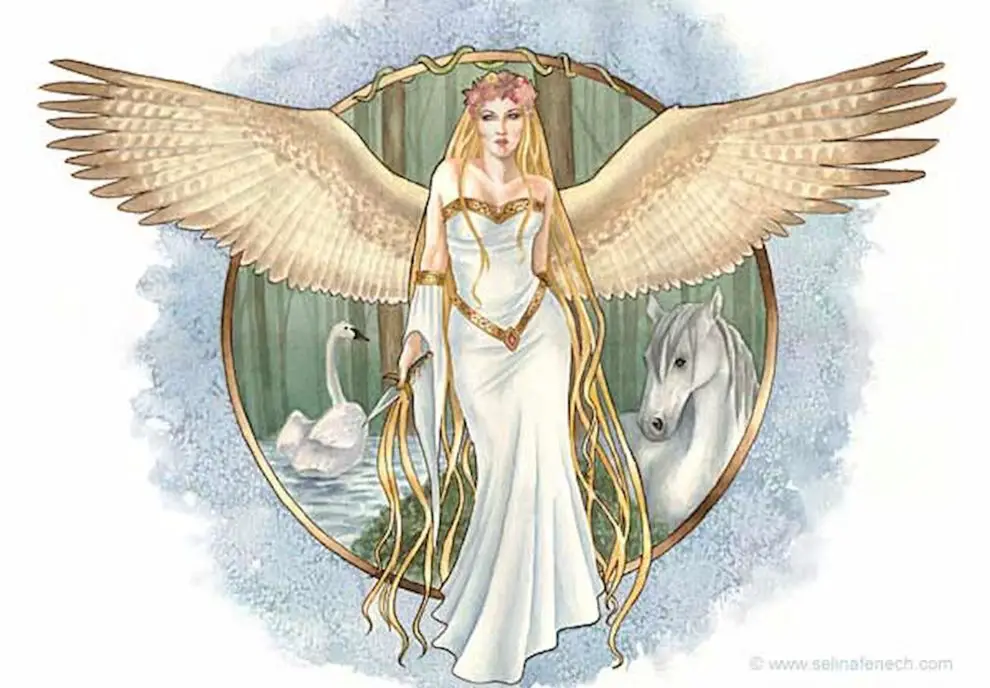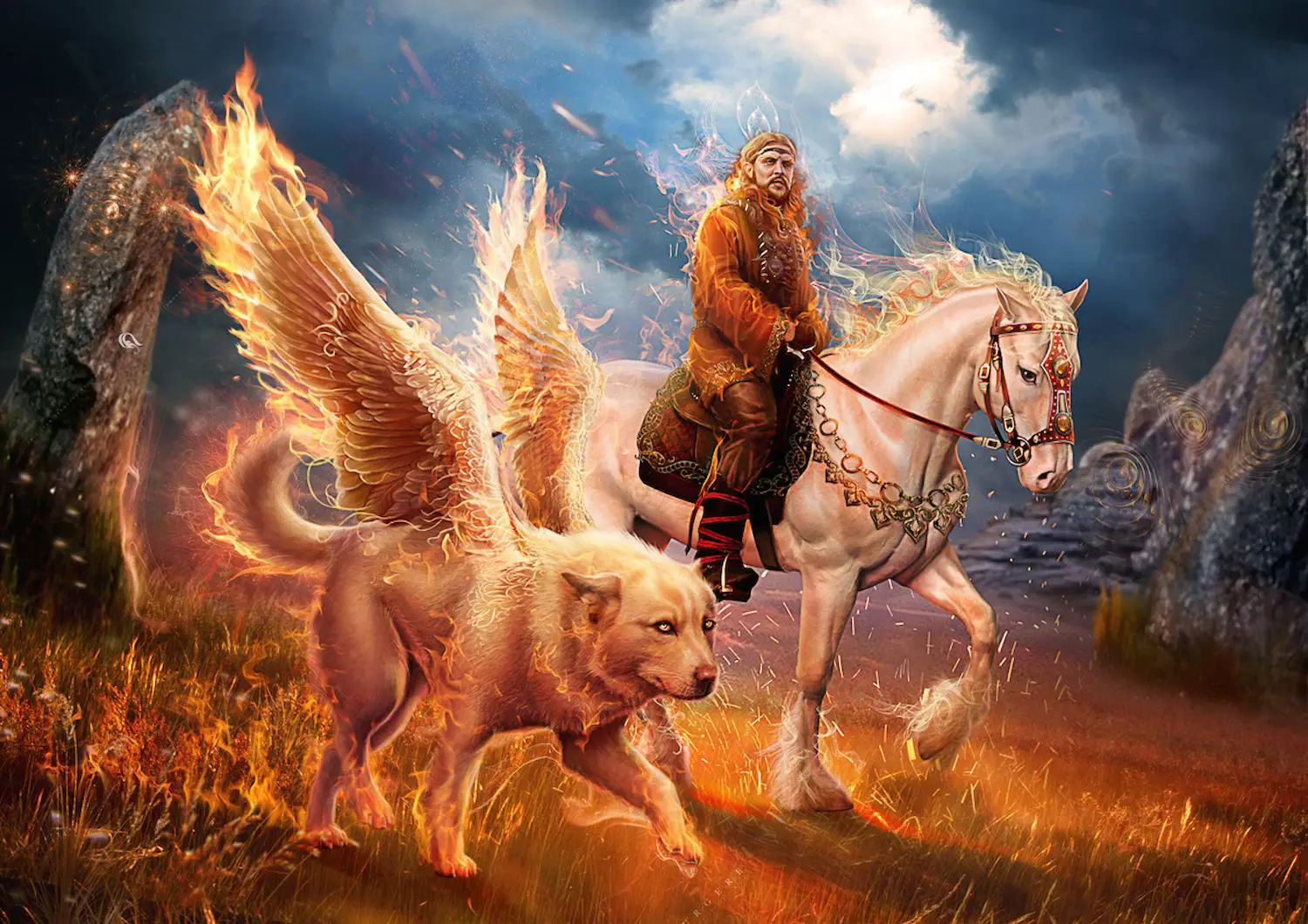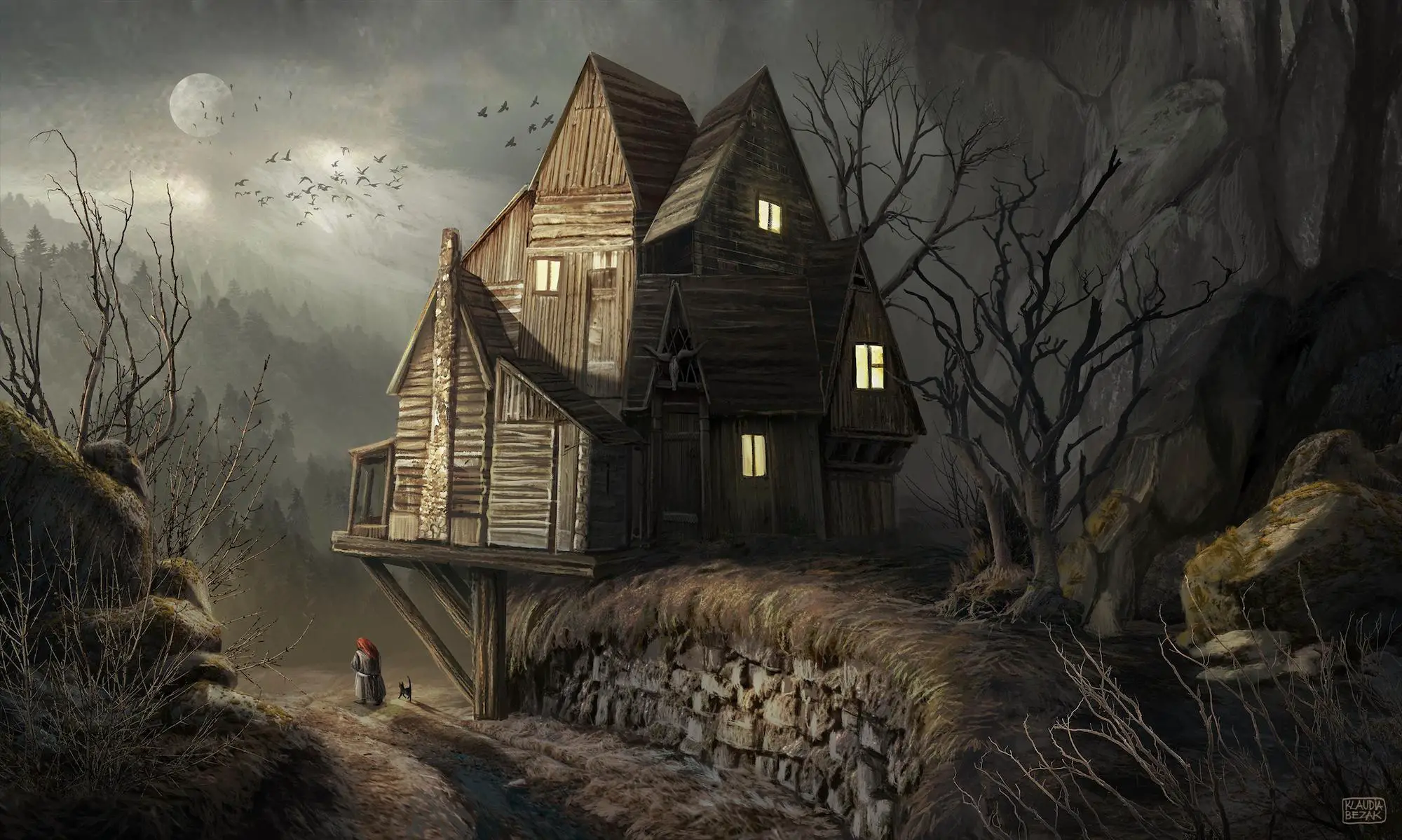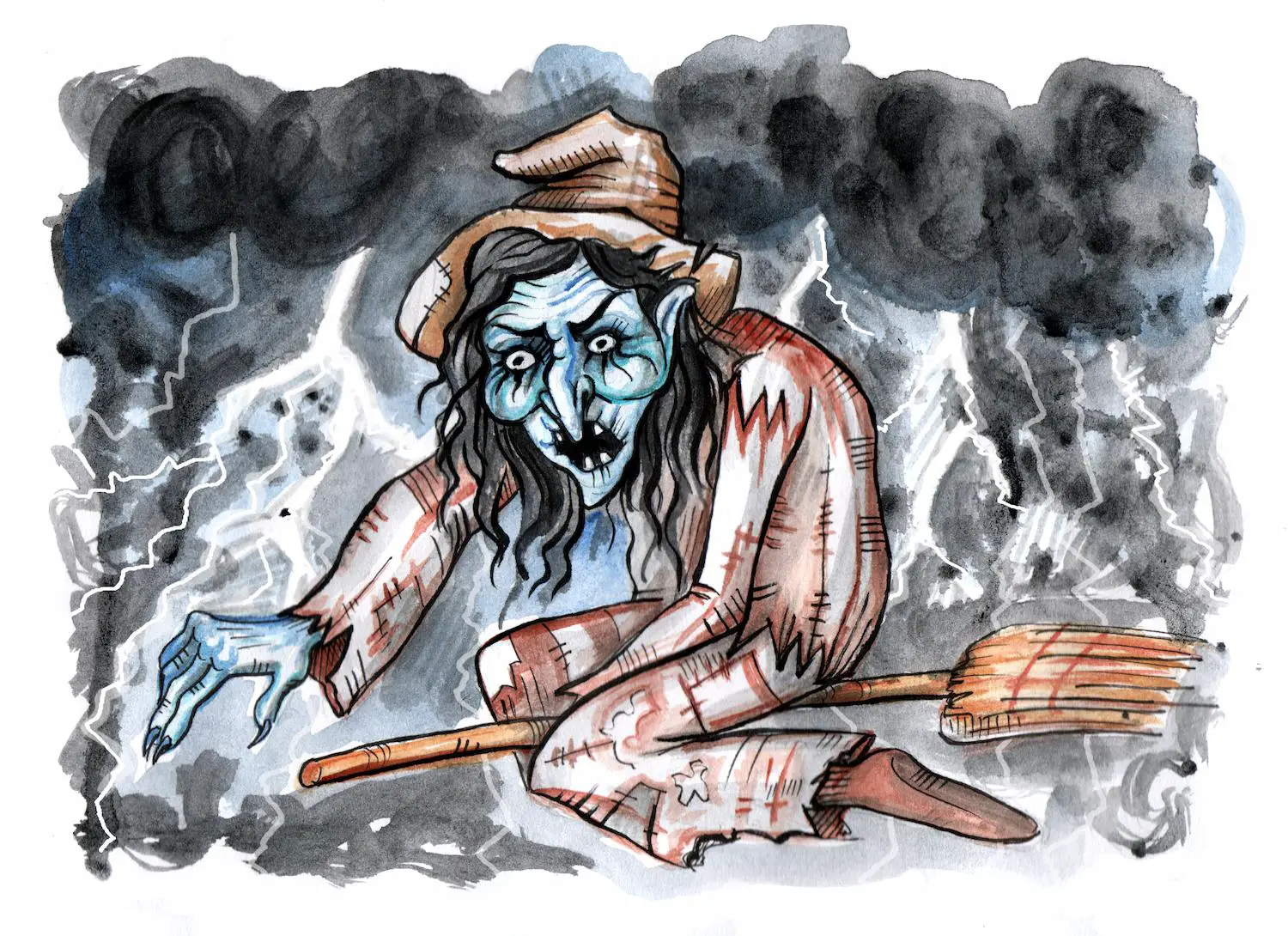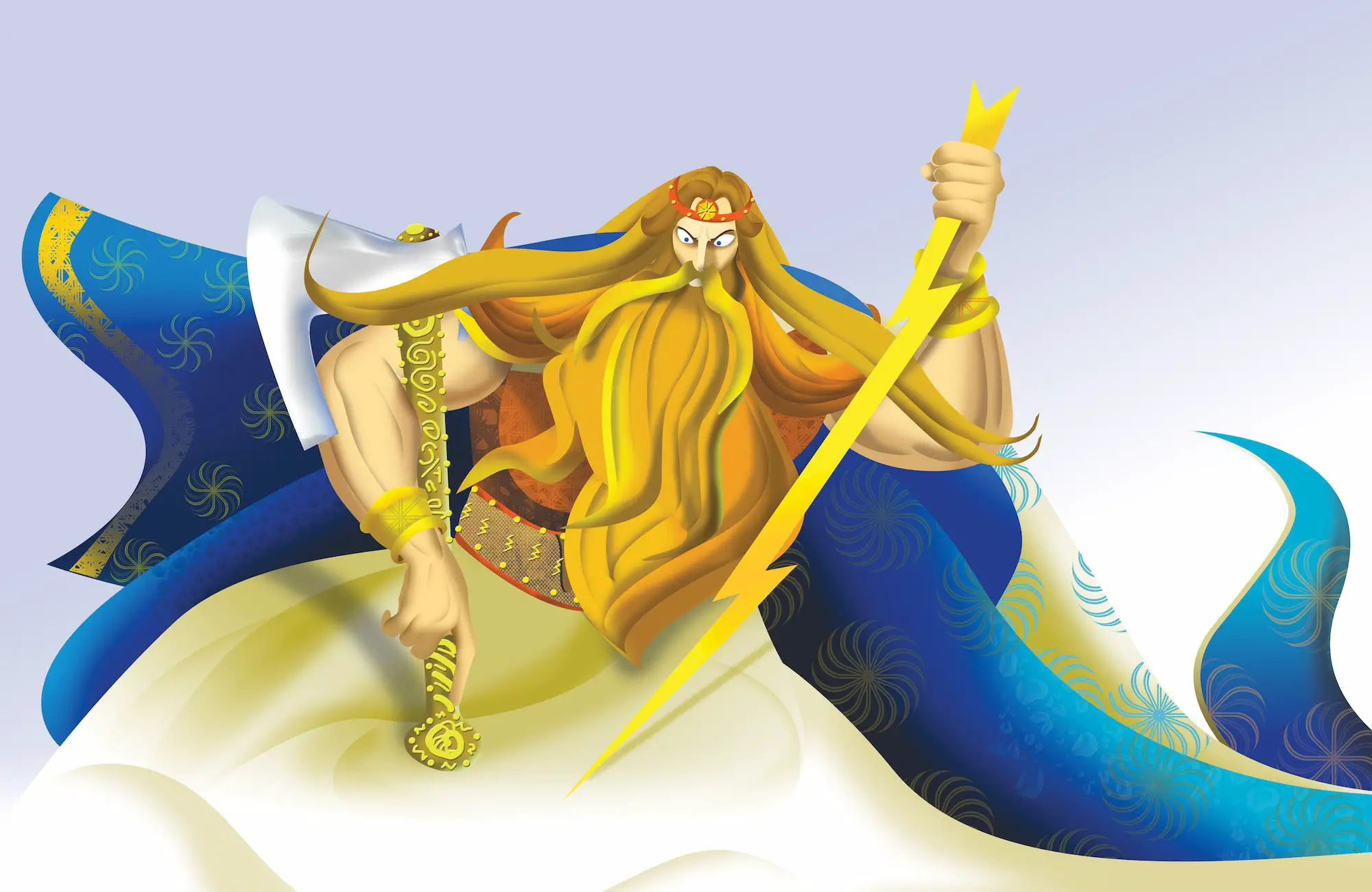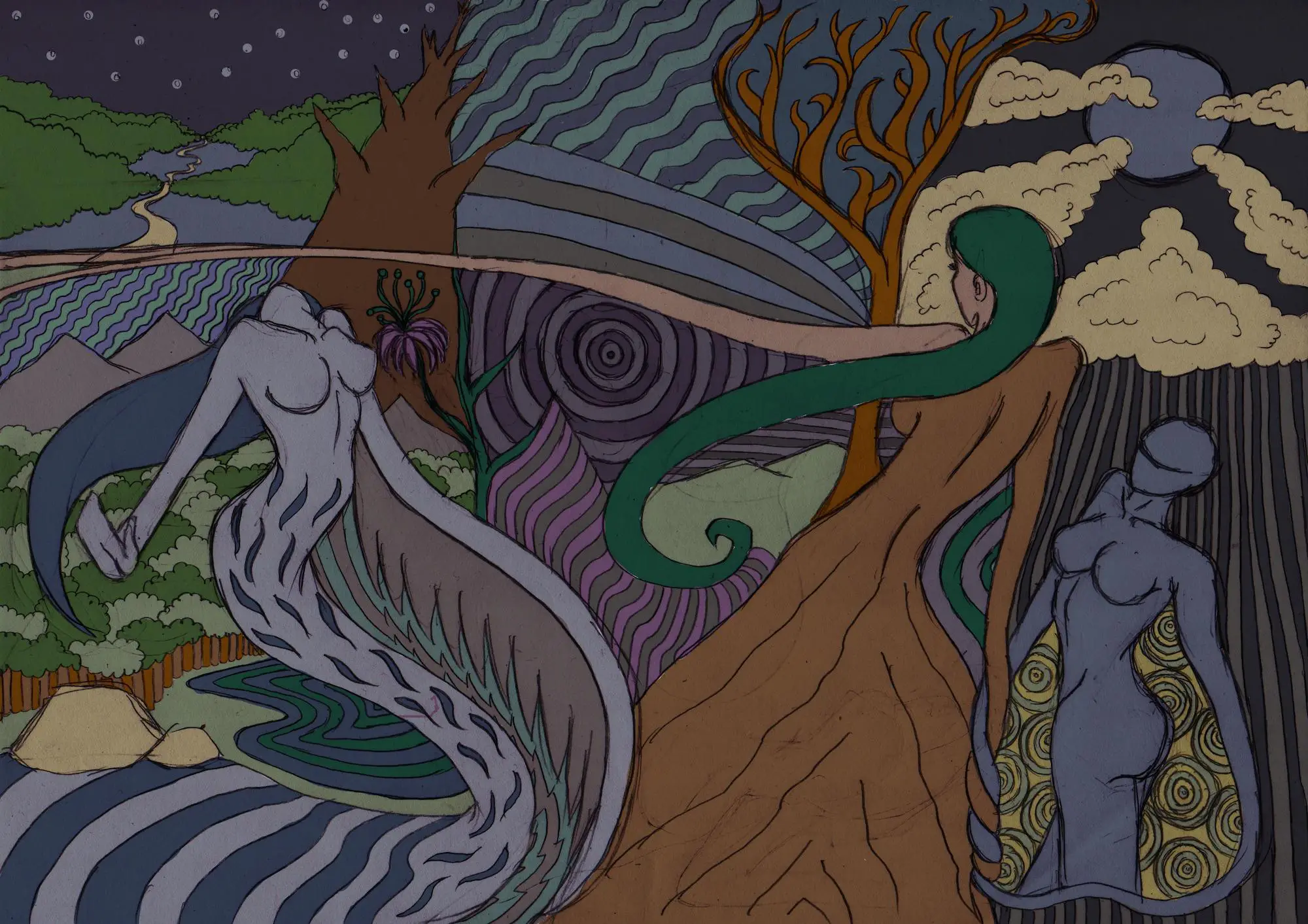Veela (or Vila in Serbian, Wiła in Polish) is a magical creature whose infinite beauty inspired many poems, novels, and movies. According to the legends, the beauty of their bodies, magical dances, and lovely voices is beyond the mortal’s imagination.
These mysterious beings are not exclusively part of Slavic mythologies. The fact that Veelas dwell in Slavic legends as well as in Nordic and ancient myths, demonstrates the archaic origins of these delicate creatures.
Recently, Veelas moved to another enchanted world – that of J. K. Rowling’s Harry Potter. There, they have a dual nature and are truly remarkable.
If you are interested in learning more about the most graceful mythical creatures in the world, you are in the right place. In this article, you will find the most important information about Veelas from ancient folk tales to contemporary literature and cinema.
Table of Contents
Veela in the Slavic Folklore
What we know about Veela is that these female fairy-like creatures usually live in the wilderness. They can turn into various animals, but they usually look like maidens and have long hairs, very little clothes, and incredible powers.
As they are spirits of nature, they have the ability to affect the weather and the sea. They are symbols of wilderness which is why people admire them. However, for the same reasons, people are afraid of Veela’s mystical force.
This is why folks often leave offerings next to their dwellings to appease these fascinating beings. Some of those customs survived to this day.
Even though they are seductive and graceful, Veela are passionate warriors as well. Veela usually likes people who fight for a righteous cause. In Serbian epic poems, you will see them helping the heroes with their prophetic and healing powers.
The favorite activity of Veela is dance. Sometimes people explained circular shapes of darker grass in the fields as being trodden by fairies dancing during the night. Stepping into this place was considered the cause of insanity.
Also Read: Slavic and Russian Goddesses
Are Veelas Always Good?
At the end of the day, Veelas are spirits of nature and wilderness, and they have the will of their own. In some of the stories, Veelas have hooves instead of feet and are very ugly which is why Veelas always try to hide them.
What they particularly dislike is someone to see this hideous part of them. If some mortal does see it by any chance, Veela’s rage and revenge will strike him hard. Rusalka is among the most famous nasty fairies.
How Are Veelas Born?
There are different ways a Veela can come to the world. In some traditions, they come from the souls of young girls who died unmarried. There are stories about girls who drown in lakes and come back as fairies.
It seems that the way of death will determine if a Veela will come into being. One is for sure: they are born out of people’s imagination.
Are Veelas Always Female?
According to the information we can get from most Slavic mythologies, Veelas seem to be female in most cases. However, there are some male fairies as well, mainly in Central and Eastern European traditions.
Known as Vodianoi or Vodyanoi, they usually live in some kind of water (a river or a lake). They are not particularly friendly, and they like to drown swimmers who disturb their peace.
How Does A Veela Die?
Veela seems untouchable in its beauty and fierceness. However, there is a way to take away its powers and kill it. Taking one thread off of her head or stealing one of their feathers will make her weak or kill her.
She might get it back, but that would only mean that she will disappear forever [1].
Veela in Other Cultures
The image of unimaginably beautiful and dangerous women with long, blond hair has been haunting the imagination of many European cultures throughout history.
The legend of Veela was an inspiration for Edgar Allan Poe to write his famous poem – Annabel Lee. But the story about Veela is much older and dates back to ancient times.
Veelas appear in the ancient Greek myth of Odysseus. The Greeks named them sirenes, magical beings living in the sea, whose seductive voices made sailors lose their minds and crush their boats against the rocks.
Odysseus was probably the only human to ever hear their beautiful chant without losing his life. He was passing through the areas where sirenes lived and ordered his men to tie him to the mast, while they kept their ears shut.
By doing this, he managed to hear the magic chant without dying or losing his ship.
Veela in the Wizarding World of Harry Potter
Veela (also plural) from this series of children’s fantasy books share the same charm as those from Slavic folklore. According to J. K. Rowling, their looks are marked by white skin glistening like moonlight and long golden hair.
Just like in the legends, men are especially vulnerable to the sacred beauty of Veela’s looks, dance, and voice. Even their hairs have supernatural ability.
However, in the wizard fantasy world (just like in mythology) Veela are not only benevolent. If they get frustrated, they transform into bird-like beings with ugly bird beaks on their faces.
Although Veela were mascots of the 1994 Quidditch World Cup, they turned nasty and were suspended from the competition due to a fight with the leprechauns. They created a magical fire in their hands resembling bird-like claws and threw it at the leprechauns at full speed.
The most famous Veela from this book series is Fleur Delacour. However, Fleur was only partially a Veela, showing that Veela could sometimes marry a (very lucky) human [2].
The Bottom Line
Back in the old days, known as powerful dazzling magical creatures, Veelas were symbols of fatal and unattainable beauty.
On the other hand, in search of allies, many heroes managed to persuade Veelas to help them fight injustice and bring peace to the people.
Veela is perhaps the most fascinating mythical creature ever imagined by humankind.
References
- https://enacademic.com/dic.nsf/enwiki/370962
- https://harrypotter.fandom.com/wiki/Veela







